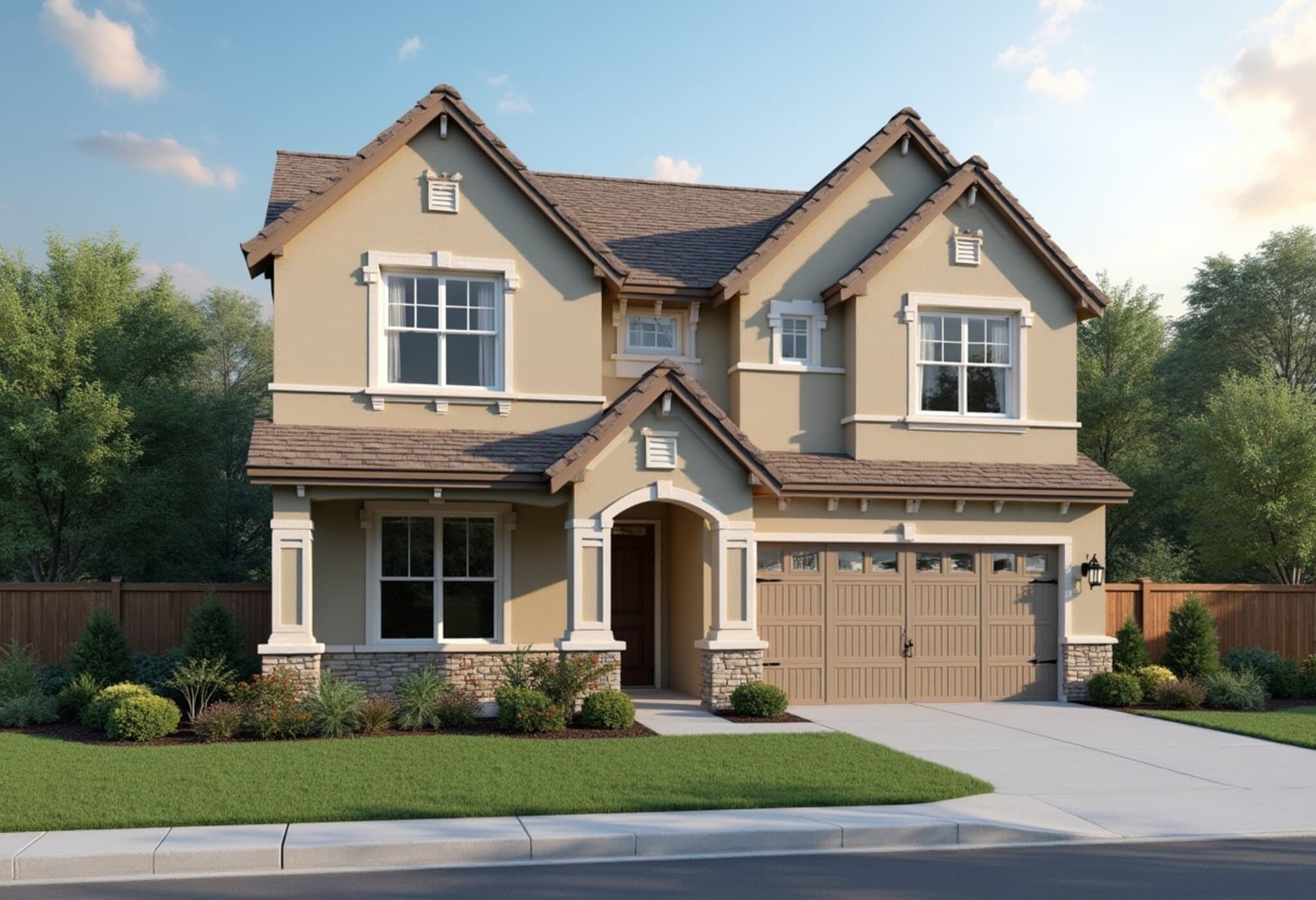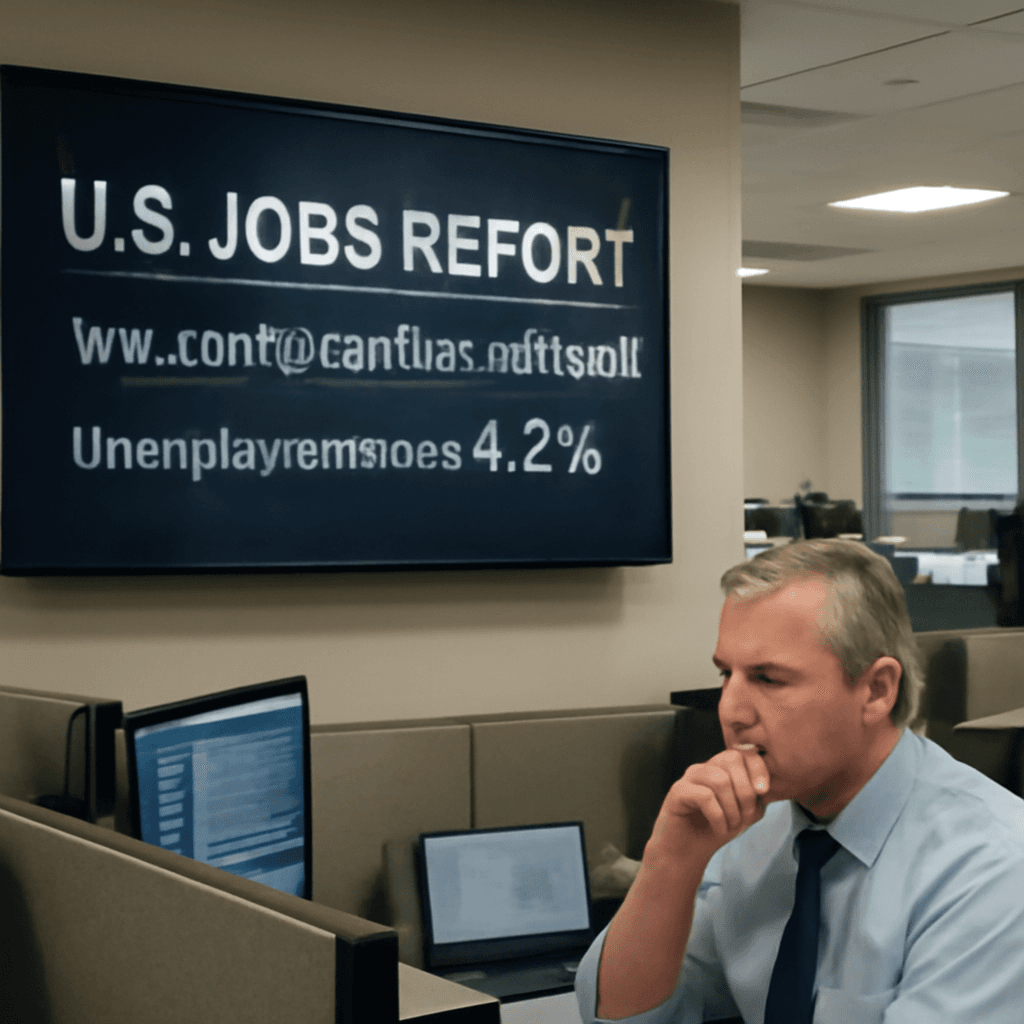New Home Sales Sharply Decline in May
The U.S. housing market faced a significant setback in May as sales of new single-family homes fell by 13.7% from April, dropping to a seasonally adjusted annual rate of 623,000 units. This decline marks a 6.3% decrease compared to May of the previous year and sits notably below the six-month average of 671,000 and the one-year average of 676,000 units. The figure also trails the pre-pandemic average of 685,000 homes sold in 2019.
Mortgage Rates Remain a Stumbling Block
This drop in sales occurred despite expectations from Wall Street analysts who had forecasted new home sales of around 695,000 for May. The data is based on signed contracts, reflecting buyer hesitancy amid persistently high mortgage rates.
Throughout May, the average rate for a 30-year fixed mortgage hovered near 7%, starting at 6.83%, climbing past 7%, then settling back to 6.95%. High borrowing costs continue to erode purchasing power, dampening buyer enthusiasm.
Builders Speak Out on Affordability Challenges
Recent earnings reports from home builders echo the tough market conditions. Elevated mortgage rates are squeezing affordability and dragging down actionable demand, according to industry leaders.
One co-CEO from a leading home builder noted: “The macroeconomic environment remains challenging, with persistent high rates and shaken consumer confidence fueled by domestic and global uncertainties. This combination has softened demand across the housing landscape.”
Builder responses have varied—while some have lowered prices to attract buyers, others have raised prices despite the headwinds.
Prices Inch Up Amid Slowing Sales
Nationally, the median price for a new home sold in May stood at $426,600, a 3% increase from the year before. This price growth, however, has not been enough to counteract the slowdown in sales.
Housing Supply Surges to Highest Level Since 2022
As sales have declined, inventory has swelled. At month’s end, there were 507,000 new homes available for sale, representing approximately 9.8 months of supply at the current sales pace – a 15% increase from May 2024.
This marks the highest supply level since mid-2022, when the market first reacted to Federal Reserve interest rate hikes. Before that, such elevated inventory levels were last seen during the 2009 financial crisis.
What This Means Moving Forward
- Mortgage rates around 7% continue to limit buying enthusiasm.
- Affordability remains a critical concern amid uncertain economic conditions.
- Rising inventory could signal a shift toward a more balanced or buyer-favorable market.
Overall, the sharp drop in new home sales and rising supply underscore the persistent challenges facing the housing market as affordability constraints and economic uncertainty weigh heavily on buyers and builders alike.



















